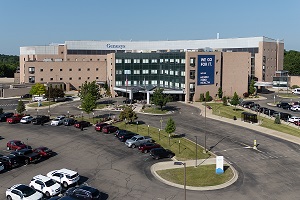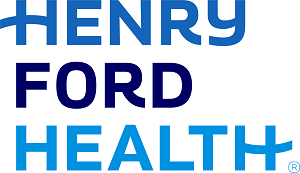It's Summer, Protect Yourself in the Heat
July
20,
2016
This fact sheet summarizes common heat-induced illnesses – heat cramps, heat exhaustion and heat stroke. The information is attributed to Henry Ford Hospital’s Department of Emergency Medicine.
PREVENTION TIPS
- Drink plenty of fluids. Avoid alcohol because it acts as a diuretic and will cause dehydration.
- Avoid exertion in the sun, especially during the day’s hottest hours.
- Acclimate yourself to the heat.
- Stay in air conditioning or use fans as much as possible.
- Wear a hat and loose, lightweight clothing.
- Put cool but not cold wet towels on your body.
- Take frequent cool or tepid showers or baths.
HEAT CRAMPS
- The least serious of heat-induced illnesses, heat cramps usually occur after rigorous exercising. The person is not dehydrated and the body’s temperature remains normal.
- Cause: Excessive sweating causes an imbalance of important minerals such as sodium and potassium.
- Symptoms: Painful muscle spasms, usually in the abdomen or legs; light headedness and weakness.
- First Aid: The person should seek a cool area and drink commercially available electrolyte fluids.
HEAT EXHAUSTION
- Heat exhaustion is similar to heat cramps except that the person is dehydrated. It’s the most common heat-induced illness.
- Cause: Loss of body fluids and salt often after exertion or heavy perspiration. Left untreated, it can lead to heat stroke, a life-threatening condition.
- Symptoms: Fatigue, faintness, dizziness, headache, delirium, nausea, rapid pulse rate. The skin may be cold and clammy. The symptoms resemble shock.
- First Aid: Lay the person down in a cool area with their feet slightly elevated. Give the person cool (not iced) fluids, adding a teaspoon of salt per quart of liquid. Apply tepid (room air temperature) wet towels to the body.
HEAT STROKE
- This condition is the most serious of heat-related illness. Among those considered at risk are the obese, elderly, infants and athletes.
- Cause: Prolonged exposure to hot and humid conditions, which interfere with the evaporation of sweat, a cooling mechanism for the body.
- Symptoms: Skin is hot and dry, body temperature rises sharply; sweating often stops; pulse is rapid and weak; dizziness, nausea, confusion.
- First Aid: Call 911 and immediately remove the person’s clothing. Wrap the person in wet sheets. Increase cooling by fanning. Elevate legs 8-12 inches.
MEDIA CONTACT:
David Olejarz
(313) 874-4094
David.Olejarz@hfhs.org







